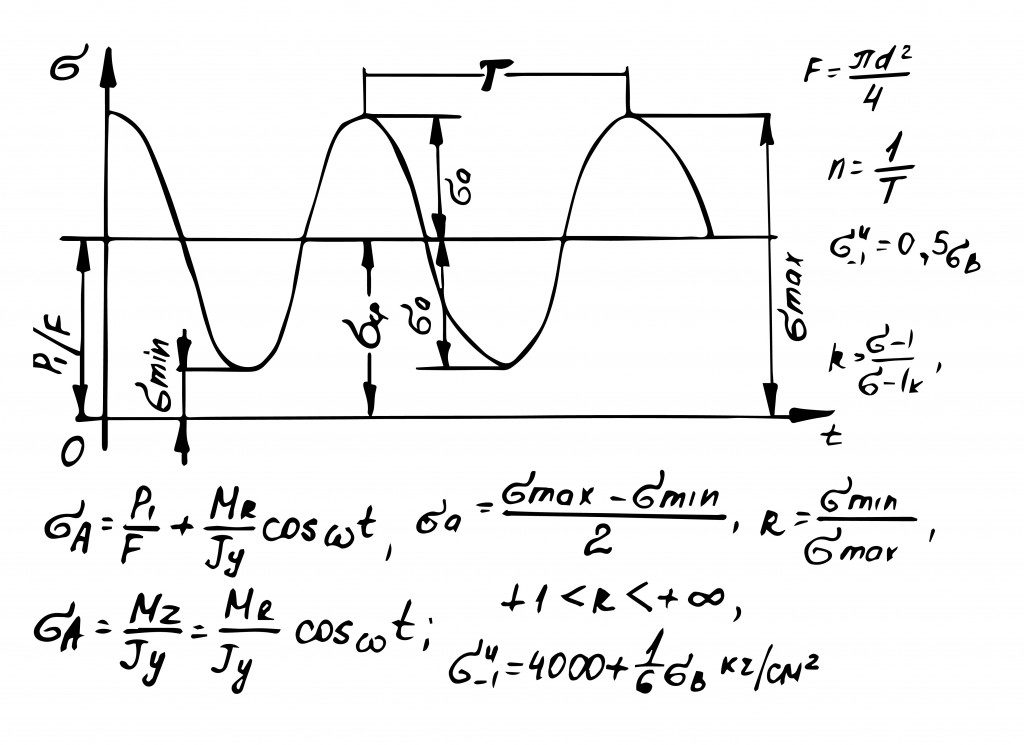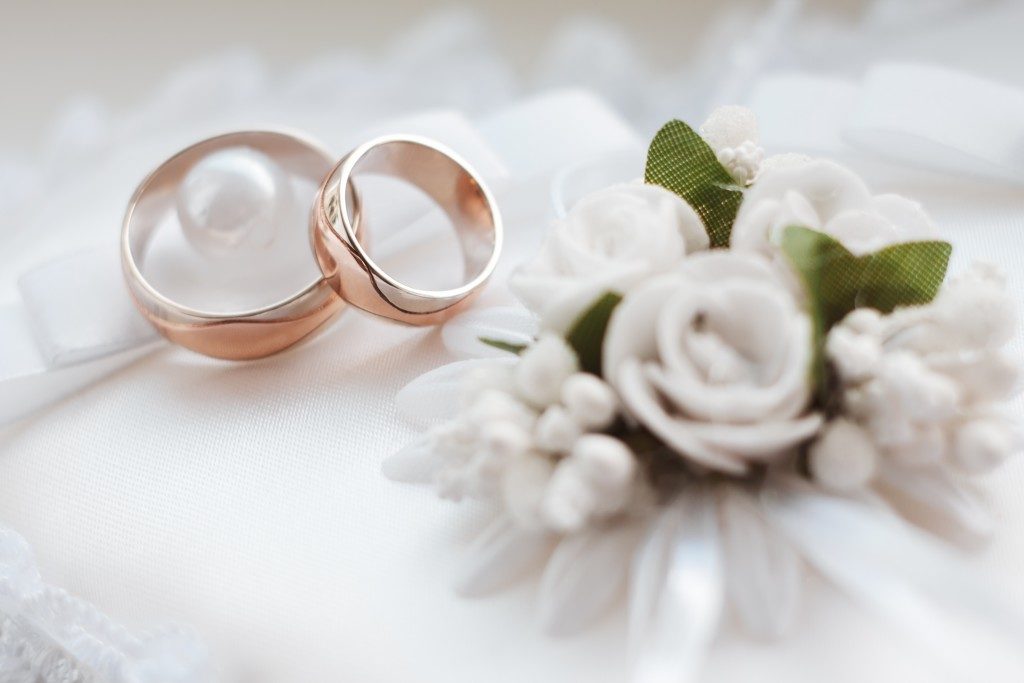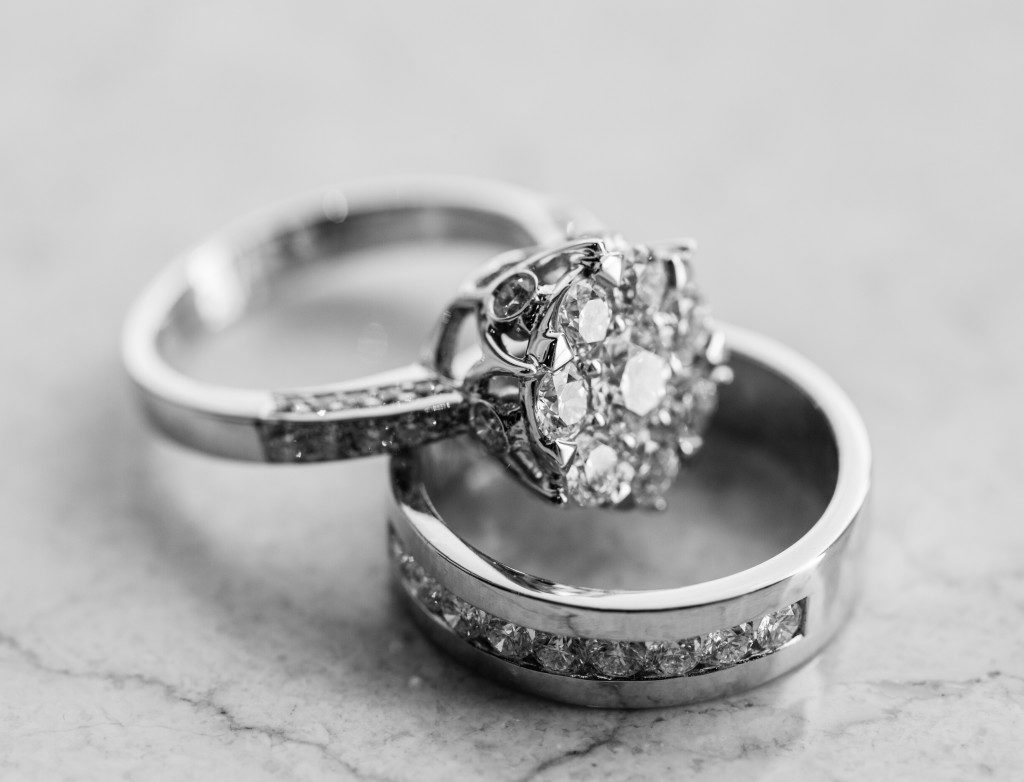Have you asked yourself why you need to learn algebra, trigonometry, or geometry if your true desire is to be an artist? The right hemisphere of your brain, which theory suggests has a connection to imagination, arts, and holistic thinking is likely to be more dominant than the left hemisphere, which has connections to logic, mathematics, and sequencing, among others.
If that’s the case, you may find solving puzzles related to math logic challenging. Despite the complexity of mathematics, its concepts may be useful for artists. You can apply them to your work, be it a song, a painting, or a sculpture.
Mathematics in the History of Arts
Arts and mathematics seem to be an odd pairing. Artists in the early days, however, have used math to produce their most celebrated masterpieces. Looking at most of the artifacts in the pre-Columbian era, you’ll see how they’ve incorporated geometric patterns in their works.
During the Renaissances period, meanwhile, artists realized an artwork would look more realistic with the help of mathematical concepts, like perspective and symmetry. The Vitruvian Man by Leonardo da Vinci, for instance, shows how artists can use mathematics in their work. Da Vinci carefully drew the man and placed him within a circle and a square, both are common geometric shapes.
In this sketch, da Vinci elaborated the ideal proportions of the human body using mathematics. It was based on the concept of proportion by a Roman architect of the first century, Vitruvius. The calculations show the length of a man’s open arm is equal to his height.
Additionally, as an artist, you’re likely familiar with the Golden Ratio, or the Divine Proportion. It is a mathematical principle you can use to make your artwork more appealing. The Golden Ratio is equivalent to 1.618… or 1: φ (1:phi), which is also a tribute to Phidias, a sculptor who used this proportion to design The Parthenon.

The Beauty of Mathematics
Like the notable artists in history, understanding mathematical concepts helps you create incredible works. Stefan Steinberger, an assistant mathematics professor at Yale, shows in his study that an average American can assess mathematical arguments for beauty the way they assess artworks or music.
The authors used nine criteria from a 1940 essay by famous mathematician G.H. Hardy, called “A mathematician Apology,” to define beauty. These criteria include:
- Seriousness
- Universality
- Novelty
- Profundity
- Clarity
- Elegance
- Simplicity
- Intricacy
- Sophistication
According to them, a mathematician’s patterns should come together harmoniously, like a painter’s or a poet’s patterns must be beautiful. Their study revealed people who don’t have a professional background in mathematics had similar insights between the beauty of math and the beauty of art.
Exercising the Left Side of the Brain
You don’t have to be a math wizard to be a great artist. But it pays to exercise the left hemisphere of your brain even if it’s not the dominant side. The left side of your brain helps you analyze words and numbers that you can use in creating your works, from music to visual arts.
Engage in games that stimulate your left brain. Solving puzzles, for example, contributes to sharpening your language and mathematics skills. Games, such as Sudoku, the crossword, and logic brainteasers, among others, are ideal for this matter.
Dealing with mathematical equations can be daunting. As an artist, however, this allows you to be more creative and create impressive outputs. That’s why creatives shouldn’t fear math. Instead, use it to your advantage as an artist.



